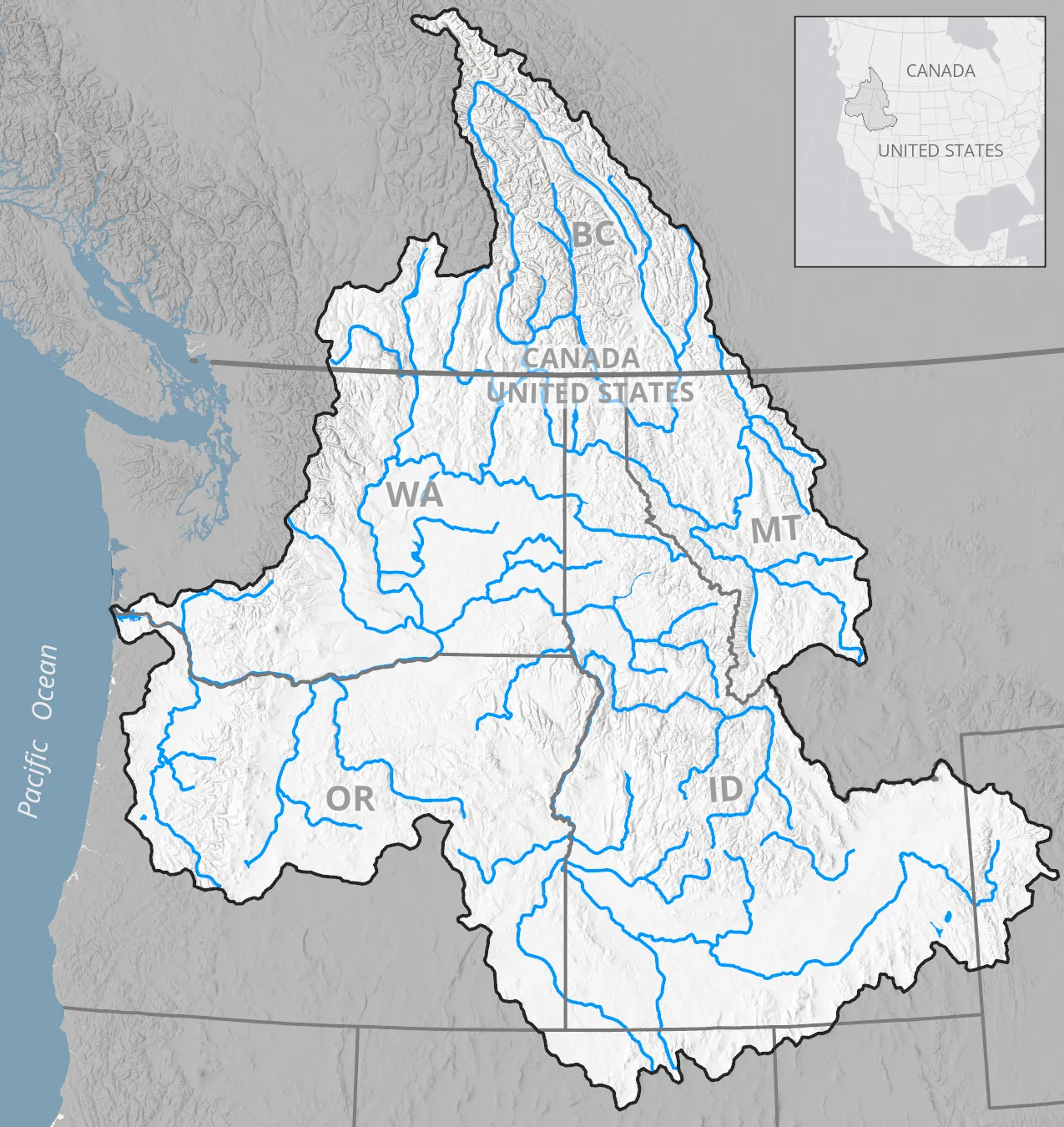Introduction
Welcome to the website for the regional database of PIT tag data in the Columbia River basin. These pages give a brief introduction to how PIT tag data is collected, stored and queried from PTAGIS. In addition to being the primary repository for regional PIT tag data, PTAGIS develops software so data contributors can collect high quality PIT tag data. Our team also designs and maintains large scale PIT tag detection sites designed to operate at high capacity fish passage facilities and report the data in near real time to the data repository.
PIT stands for passive integrated transponder. PIT tag technology is used world-wide to track and identify a wide range of animals and objects in thousands of applications. PIT tags are especially well-suited for marking and tracking fish because they are small, durable, and have no moving parts. PIT tags use a passive circuitry that requires no batteries, so they have a very long life. Their microchip coding offers billions of unique codes. They are implanted in the abdominal cavity of fish as juveniles or adults. When those fish pass by specialized equipment installed into fish passage structures or stream beds, the tags can be automatically detected and decoded in situ. This eliminates the need to sacrifice, anesthetize, handle or restrain fish during data retrieval.
The video (on the right) tells the story of how PIT tags were conceptualized and developed for use in the Columbia River basin fisheries. Please note: given the constraints in making this short video, we are unable to acknowledge all of the innovative people that propelled this technology even further into what it has become today.

PIT tags have been used to monitor the movement and behavior of anadromous salmonids in the Columbia River Basin since 1987. PTAGIS was implemented in 1991 to manage and serve the PIT tag data collected in this region, which encompasses three U.S. states, one Canadian province, and more than forty fisheries management agencies and research organizations. Though it was developed primarily for anadromous salmonids, PTAGIS also holds data on other species of fish such as rainbow trout, cutthroat trout, bull trout, sturgeon and lamprey.
Please view the PTAGIS video tour to learn more about how PTAGIS tracks fish marked with PIT tags and makes the data accessible to researchers seeking information about fish movement and behavior.